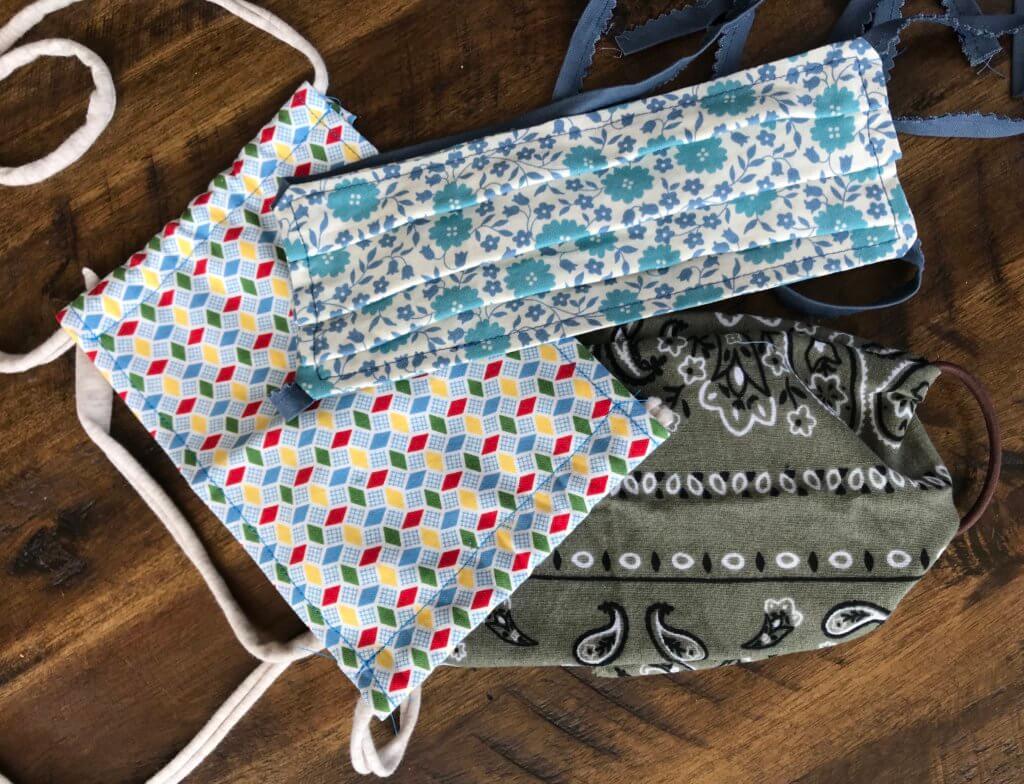Masks and face coverings are now required in the City and County of San Francisco when shopping, taking transit, or getting healthcare.
This recent mandate expands upon prior CDC recommendations for cloth face coverings to be worn by the general public when venturing into public settings where social distancing measures are difficult to maintain (e.g., grocery stores and pharmacies), in order to reduce community-based spread of COVID-19. The CDC also advises the use of simple cloth face coverings to slow the spread of the virus and help people who may have the virus and do not know it from transmitting it to others.
In response to growing interest on how to construct fabric face masks, we have compiled a list of face mask patterns reviewed by Ariel Deardorff, Data Science Librarian at the UCSF Library and Makers Lab volunteer, in her recent online pop-up Tips and Tricks for Making Your Own Fabric Face Mask via Zoom, as well as additional resources for you to construct your own fabric face mask with materials found at home.
The cloth face coverings recommended are not surgical masks or N-95 respirators. Those are critical supplies that must continue to be reserved for healthcare workers and other medical first responders, as recommended by current CDC guidance.
– Centers for Disease Control and Prevention
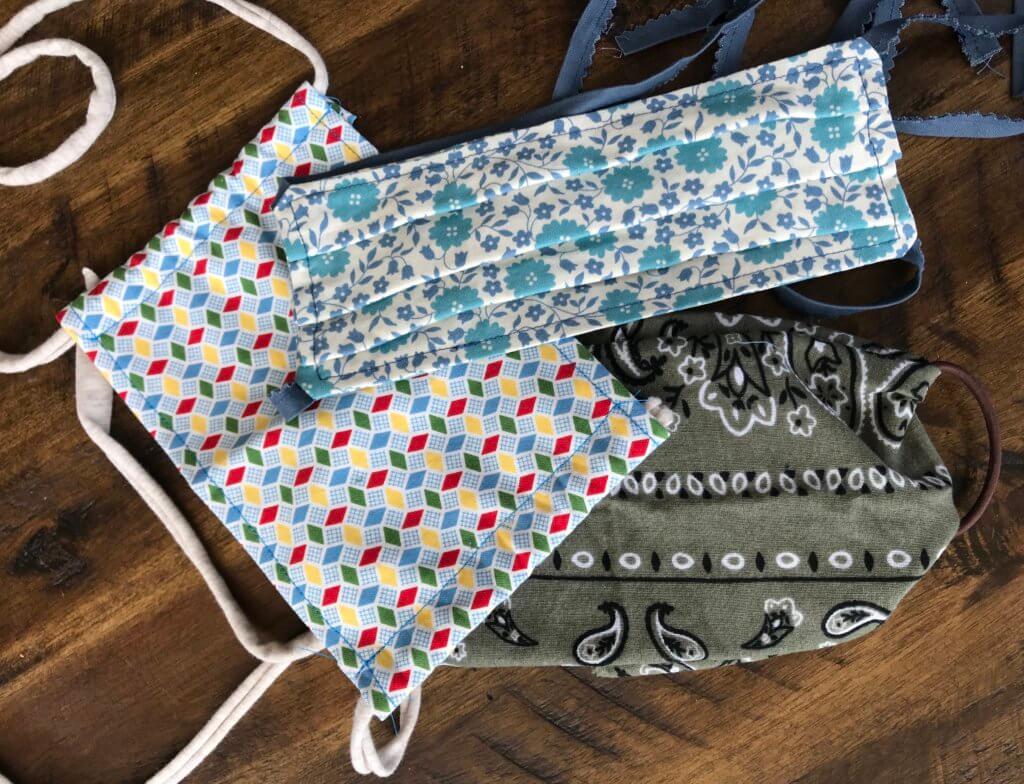
Patterns to try
Below is a summary of fabric face mask patterns tested and reviewed by Ariel. Most patterns will require a sewing machine. Please see Hand-Sewing Fabric Face Masks for additional techniques on making masks if a sewing machine is not available.
It is important to note that even with a face mask you should still follow all social distancing guidelines including 6 feet of separation, washing hands, etc.
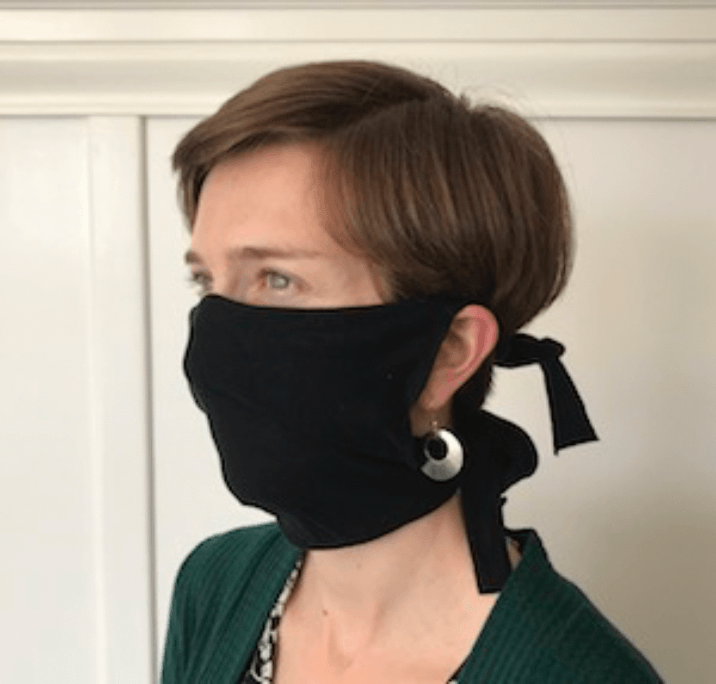
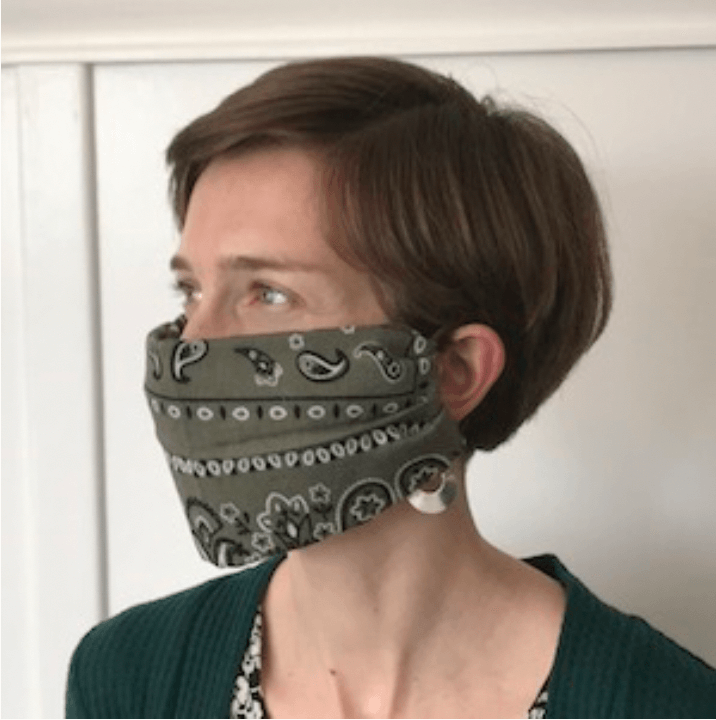
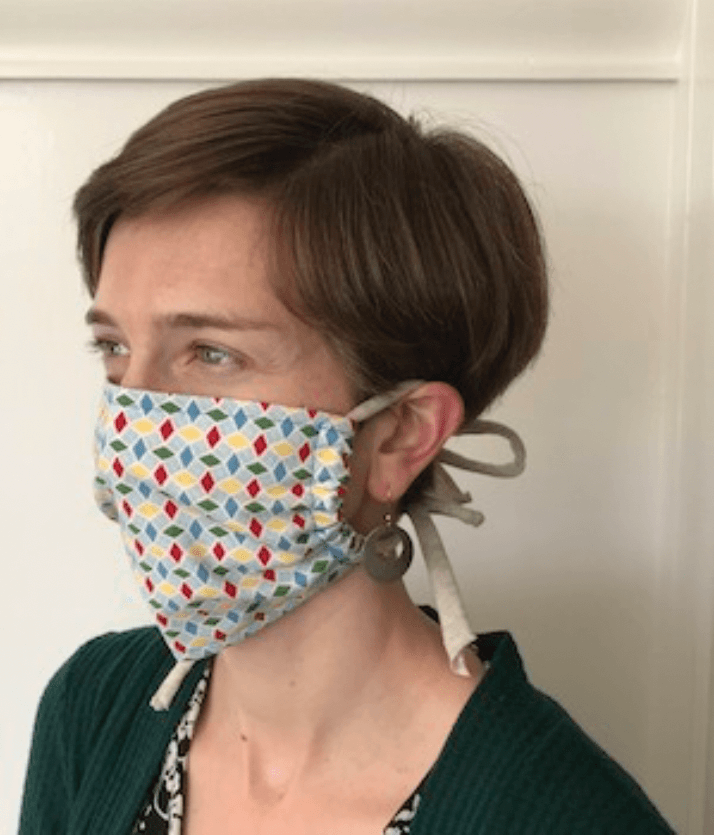
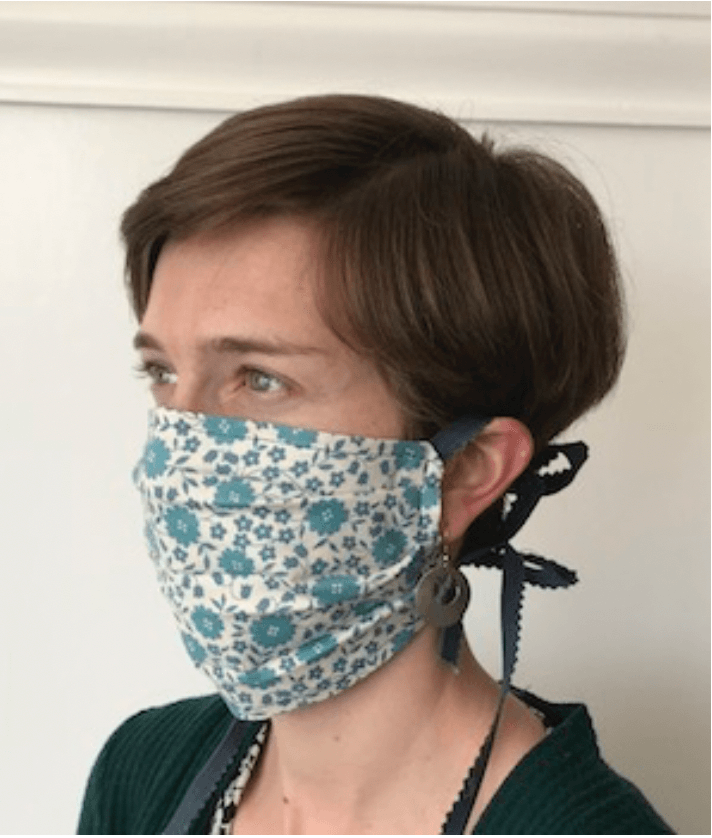
The T-Shirt
Time to Make: 5 min
Ariel’s Review: This one is super quick but feels pretty flimsy. I also ended up cutting much deeper into the side so that I could tuck the top strings over my ears. This seems like something to whip up if you don’t have the time/materials for the ones below.
The Bandana
Time to Make: 5 min
Ariel’s Review: Super easy to make and the mask feels very substantial. I only had hair ties and they kind of hurt my ears, maybe rubber bands would be more comfortable. Definitely workable for those who don’t want to sew.
The Simple Sewn
Time to Make: 5 min
Ariel’s Review: This was pretty quick and could be done on a sewing machine or by hand. The instructions don’t say anything about ironing the sides down but I would if you have an iron. I didn’t have elastic so I used strips of an old t-shirt for the ties – I think it works pretty well. I would recommend this for folks who want something more professional than the two above but don’t want to spend the time for the pleated one below.
The Pleated Sewn
Time to Make: 5 min
Ariel’s Review: This took more time than I was expecting (ironing the straps was a pain) and definitely requires a sewing machine. The finished product feels professional and is comfortable to wear. If you like to sew and have the time I would recommend this one!
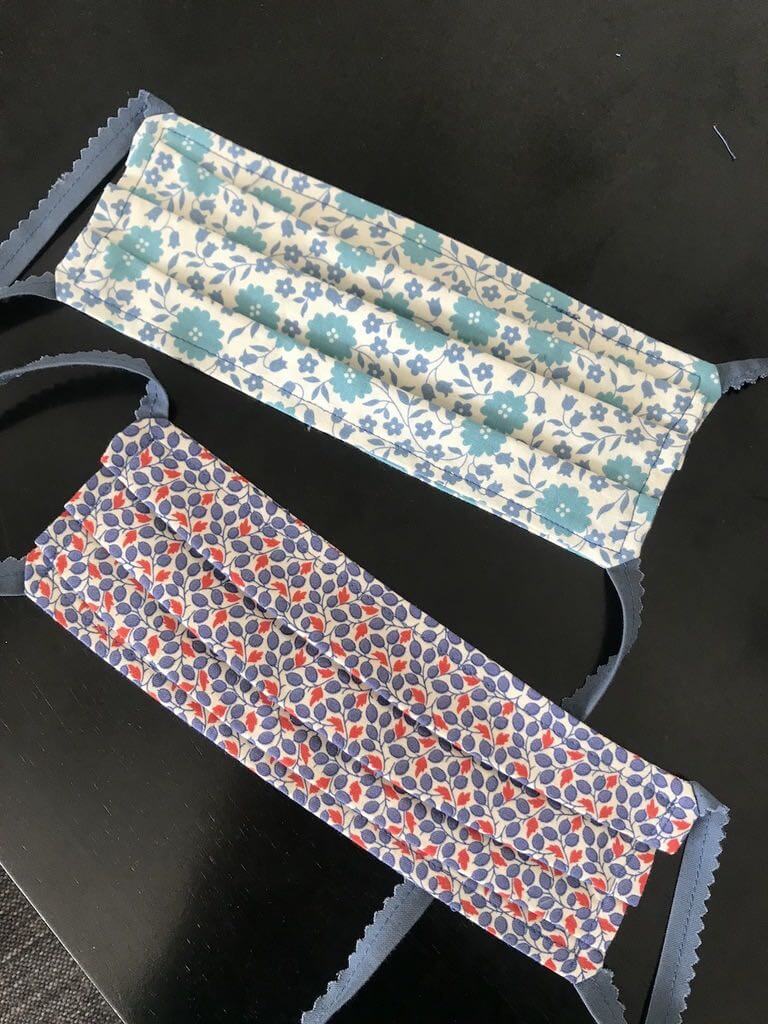
Hand-Sewing Fabric Face Masks
No sewing machine? No problem. Resident Makers Lab crafter and Access Services Librarian Aira Lipson shares additional techniques for sewing fabric face masks by hand.
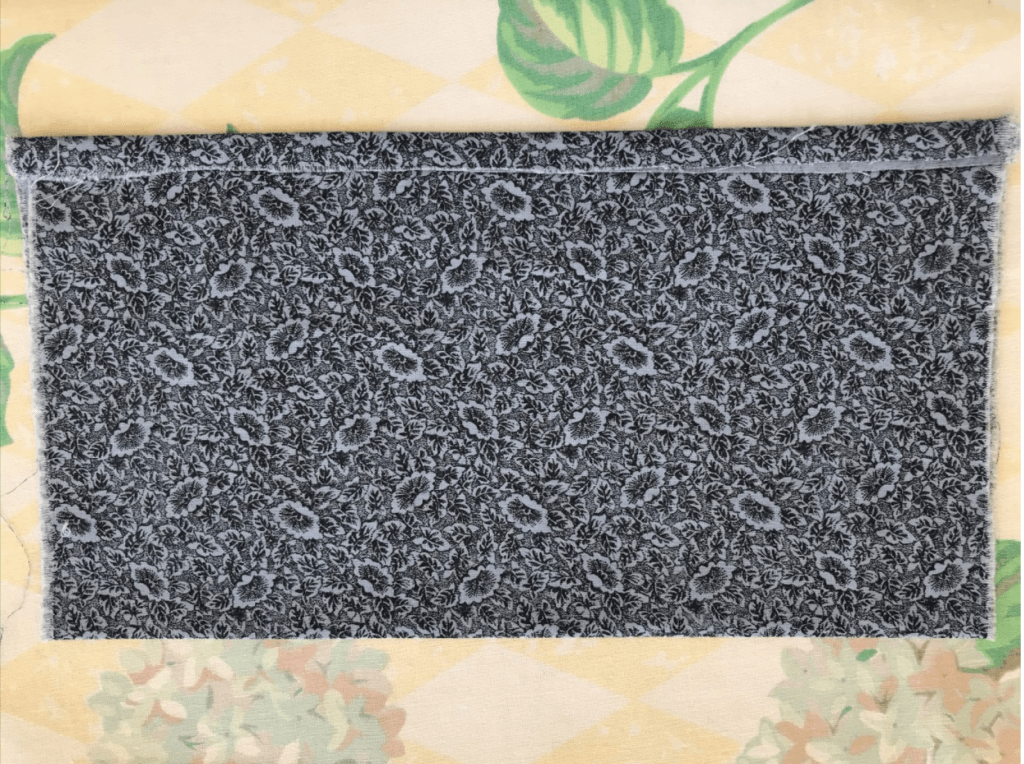
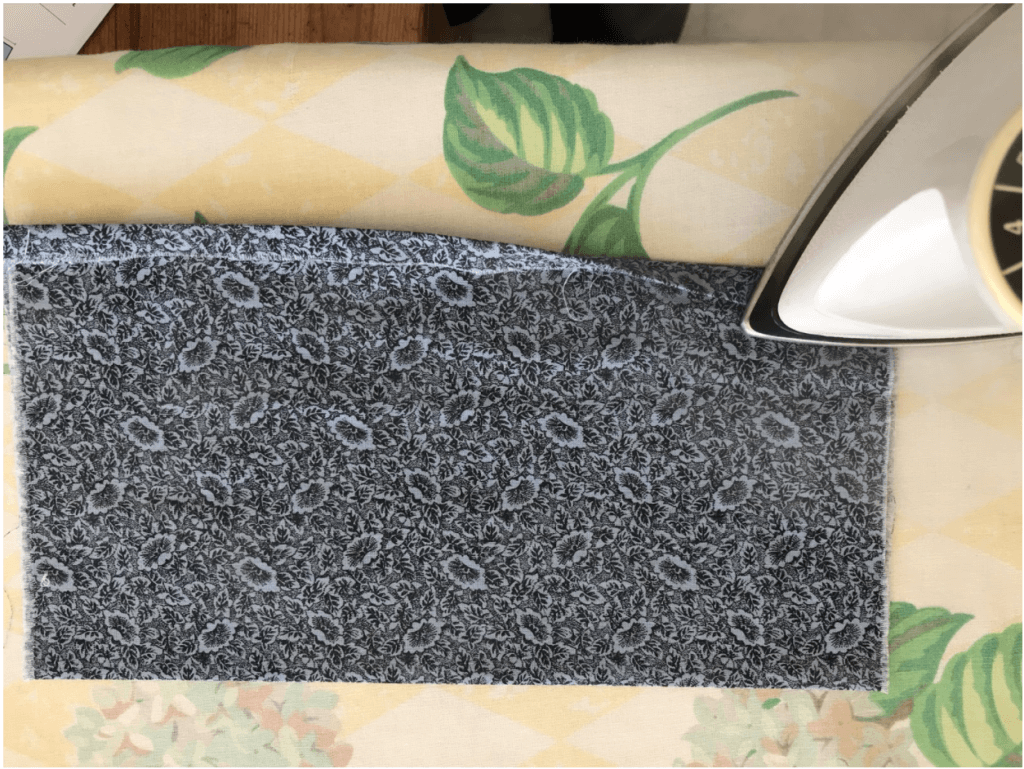
Step 1: Fold hem. Since we used one piece of fabric instead of two we will only need to hem three sides of your mask. After folding the hem, iron it.
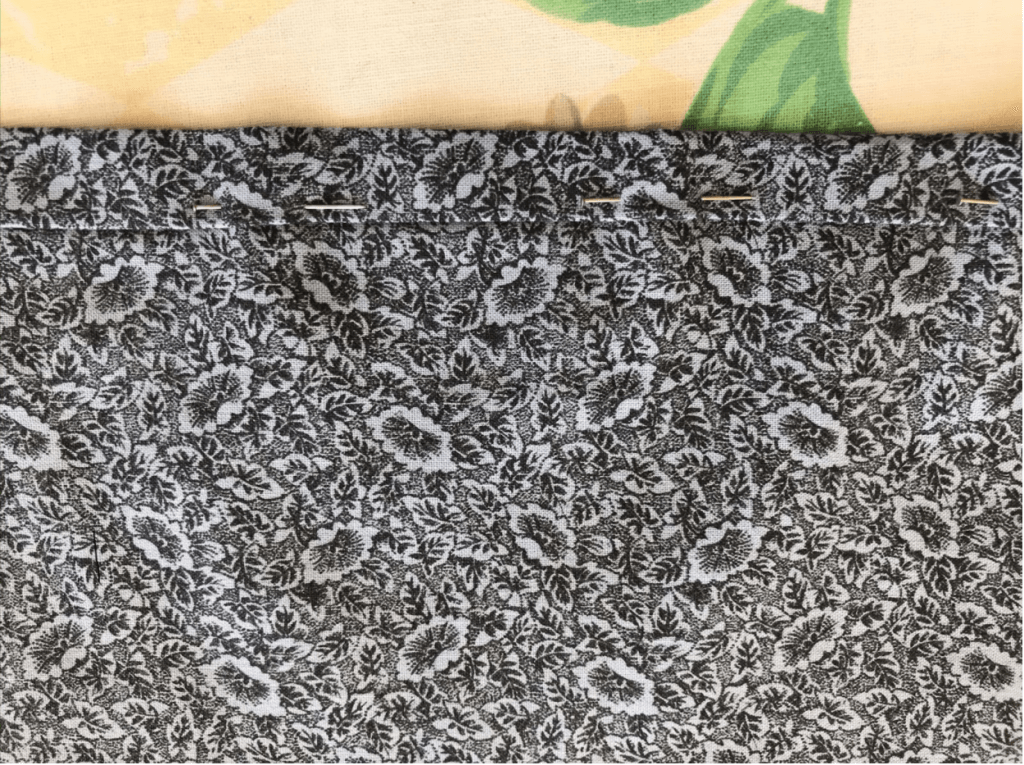
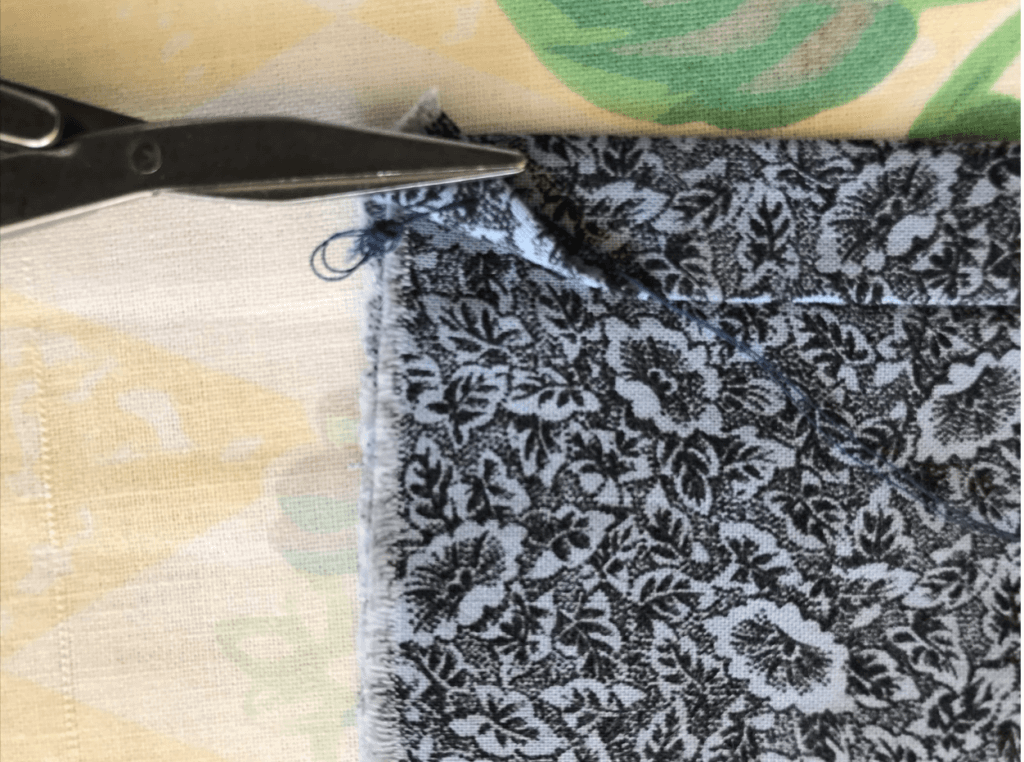
Step 2: Pin the hem and start sewing along the hem using a running stitch. Hide your knot in between your layers of fabric.
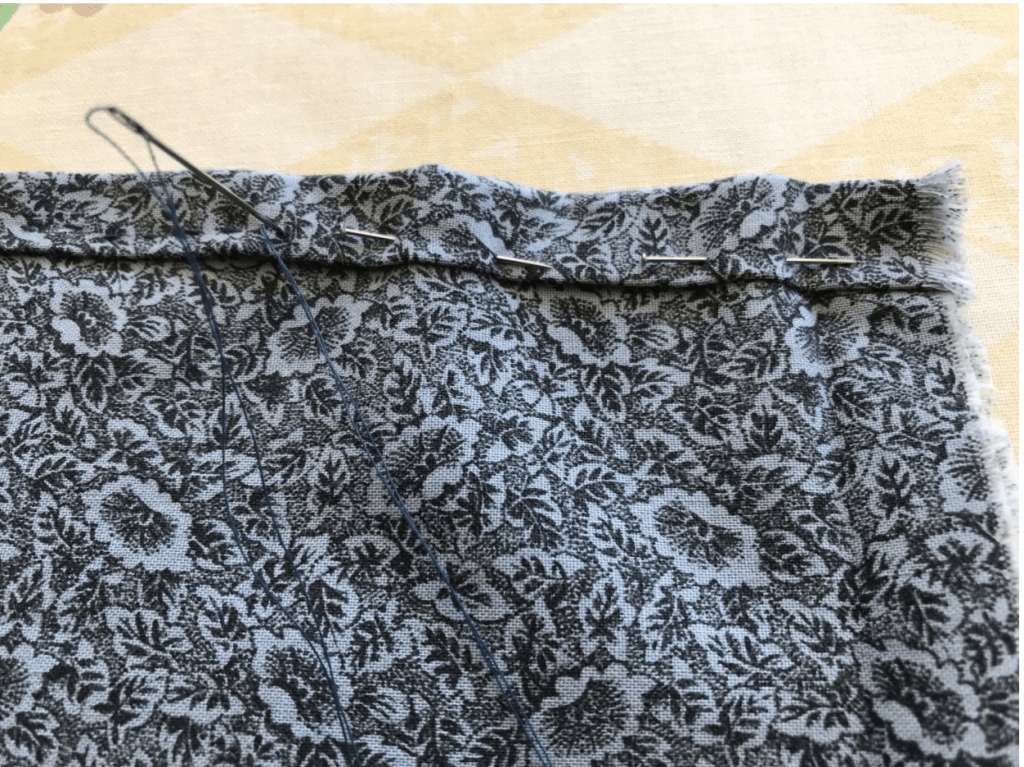
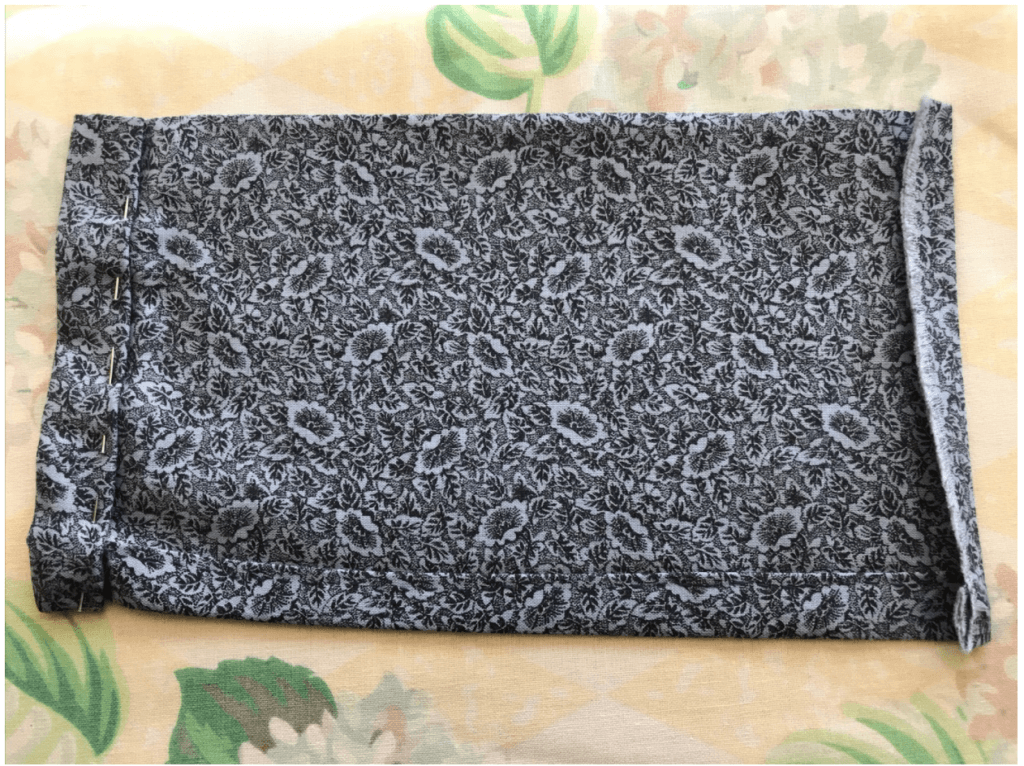
Step 3: Finish sewing your hem all the way across. Using a thread the same color as your fabric will help hide the stitching if your stitches aren’t absolutely straight. Now that your bottom hem is done. Fold, iron and pin the side hems. We’ll be making a pocket of this hem which means we’ll make the hem allowance wide enough for your straps to be pulled through.
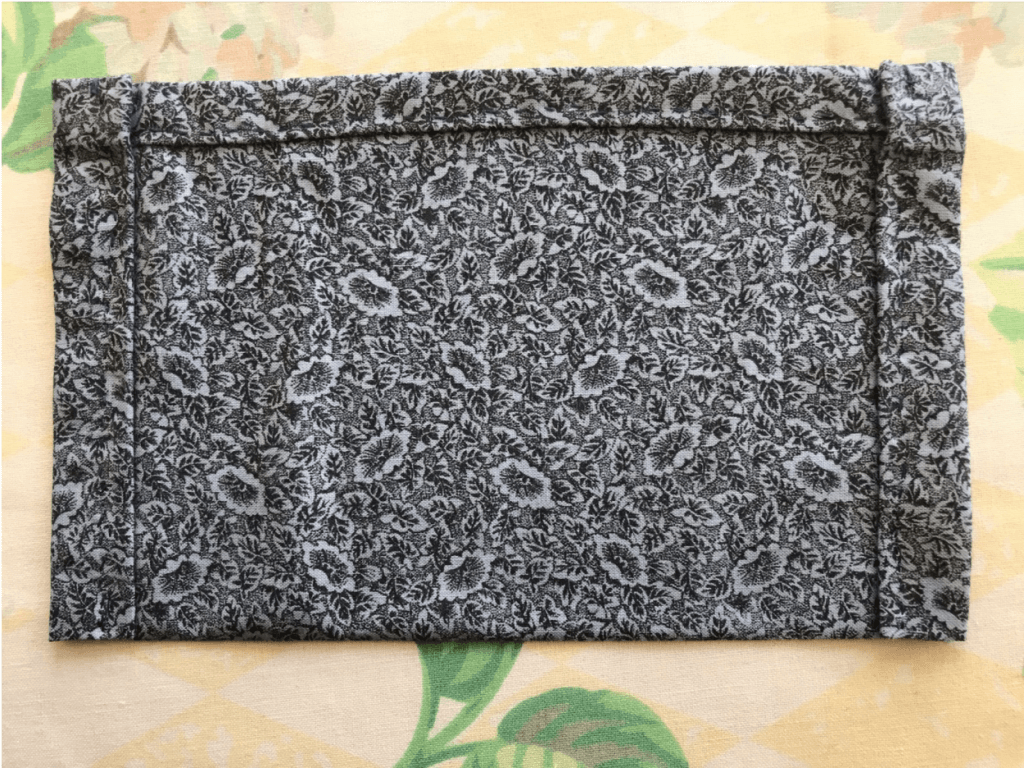
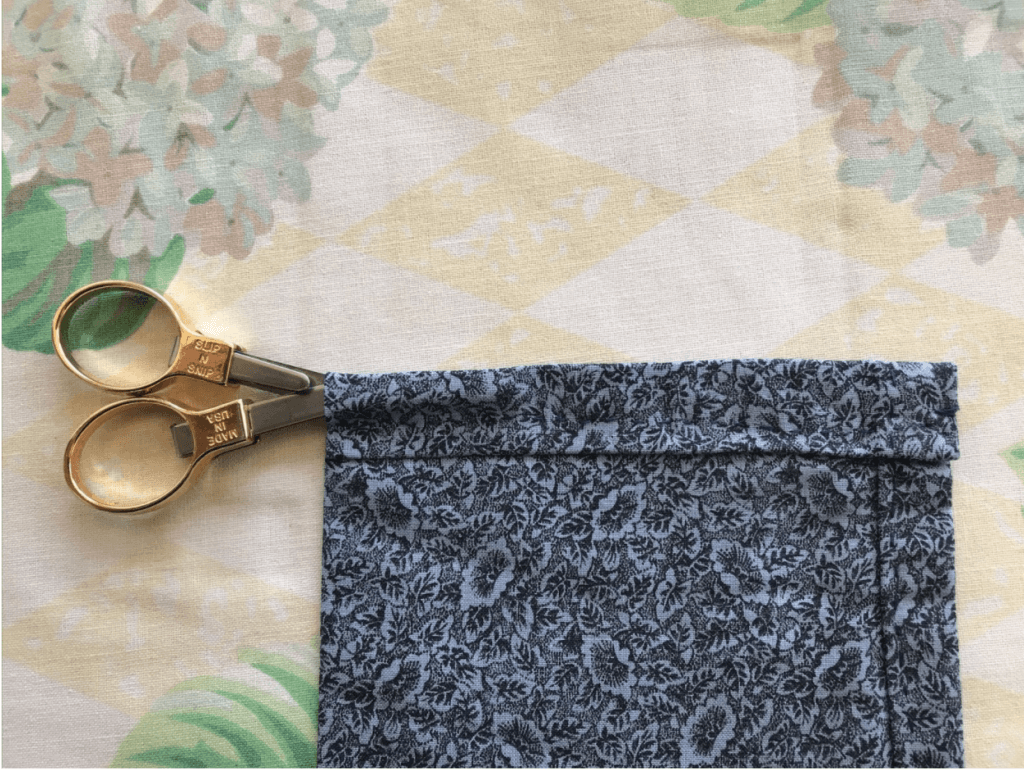
Step 4: Hem both sides, making sure to leave room for your strap to run through on each side. Open up the pocket hem using scissors, chopsticks, or a pen. We’ll slide our strap through here.
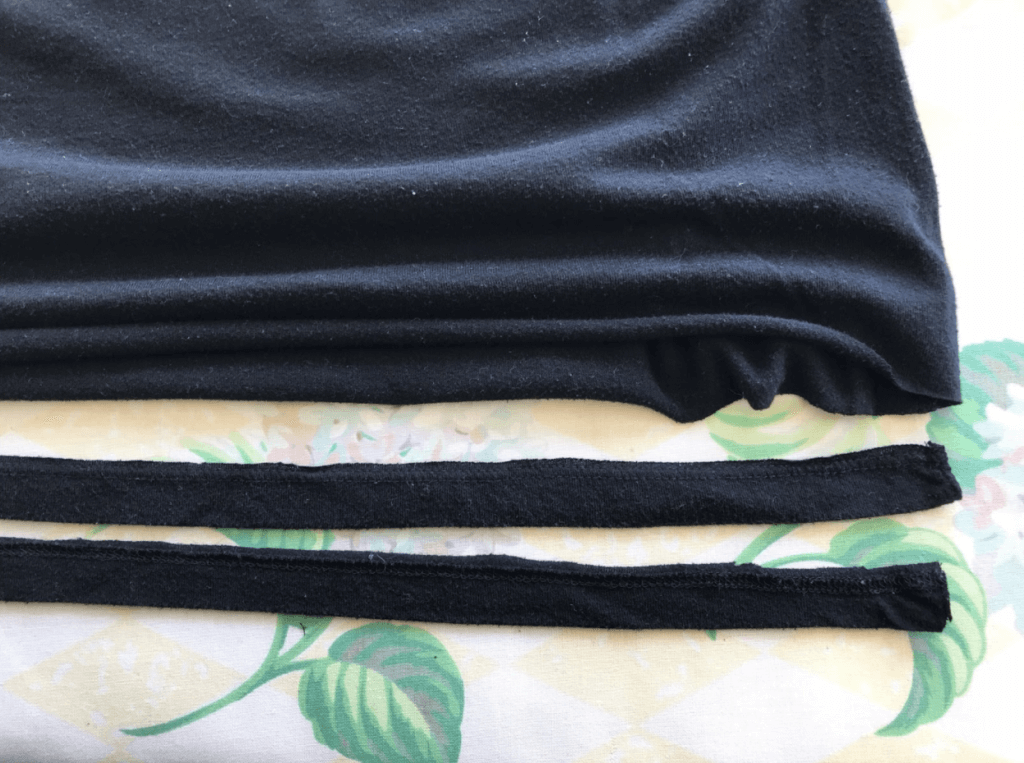
Step 5: Cut the button off an old tee shirt. We can use this as a no-sew strap.
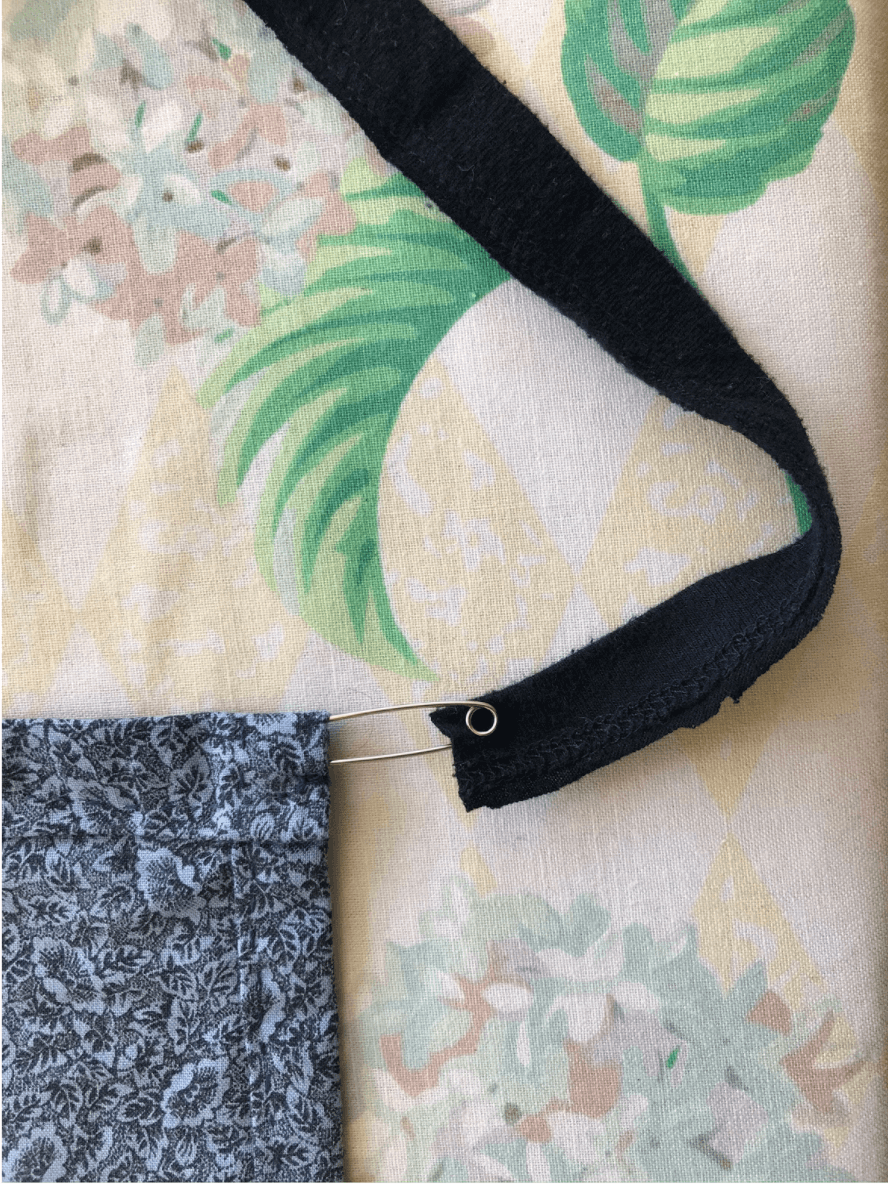
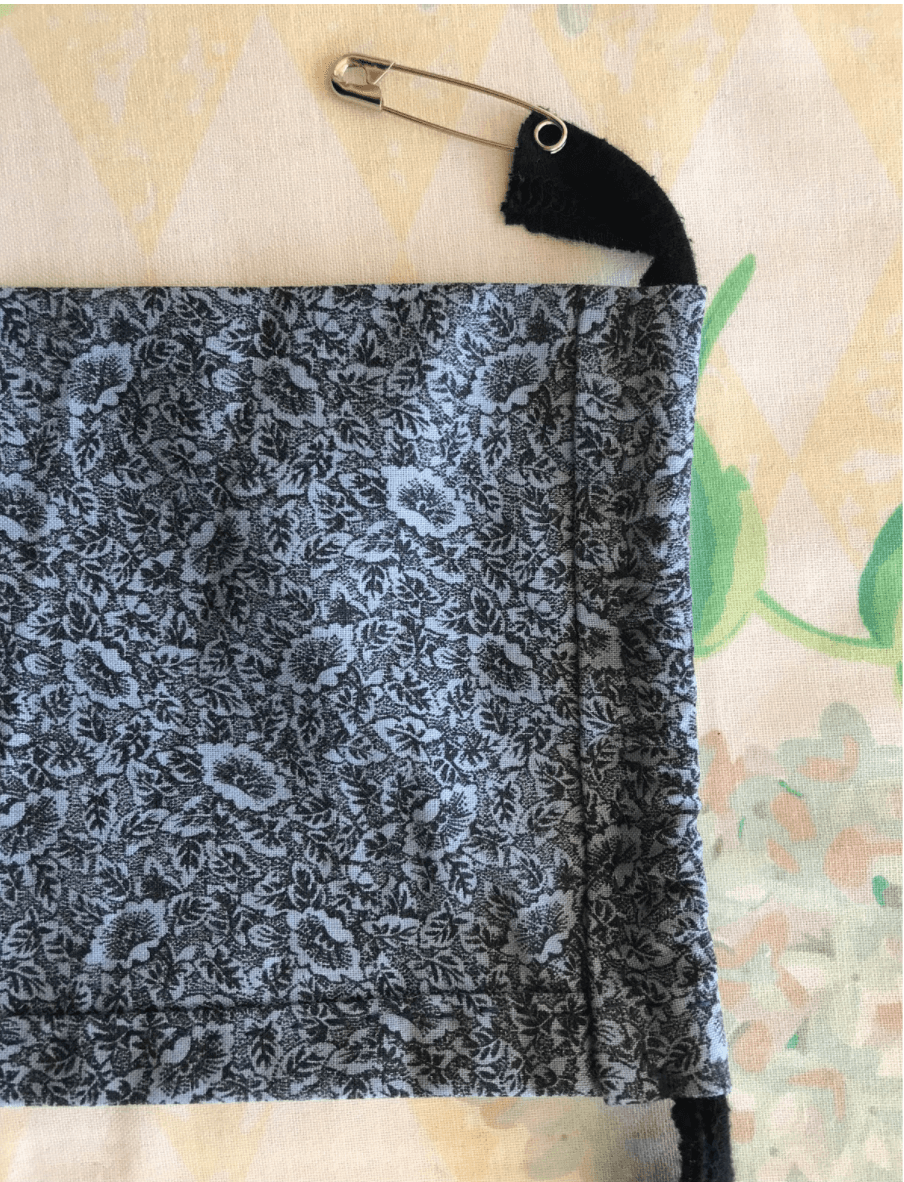
Step 6: Insert your strap into the pocket hem and use a safety pin to pull the strap all the way through.
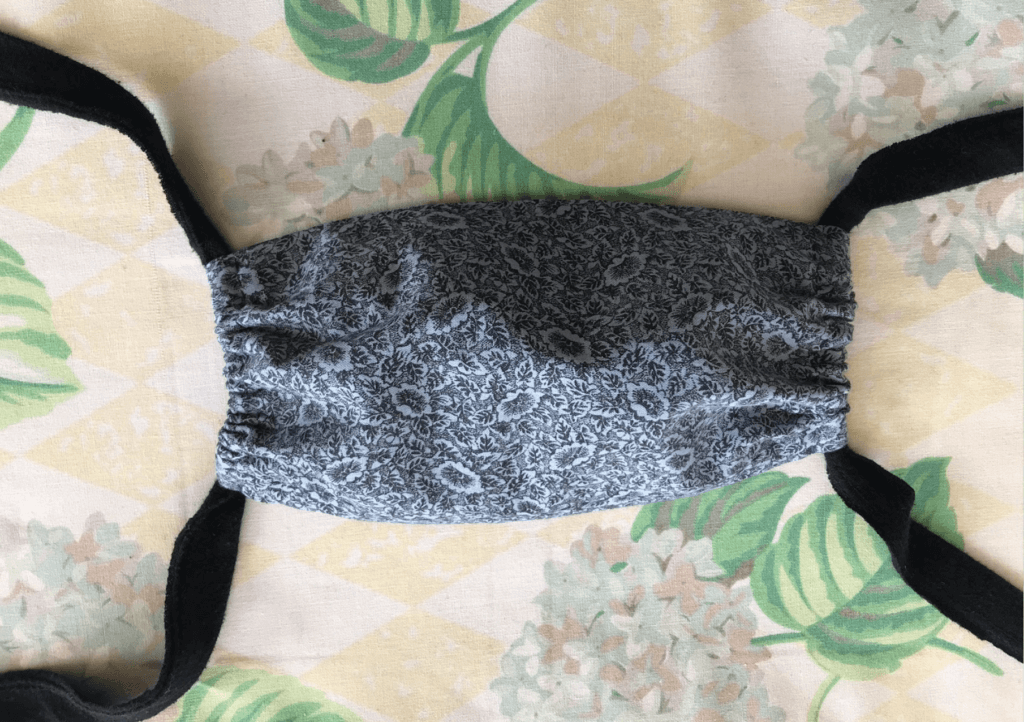
Step 7: Thread your strap through the pocket hem on the other side. Your mask is ready to wear!
Resources
Information about fabric for face masks:
Other sewing patterns:
